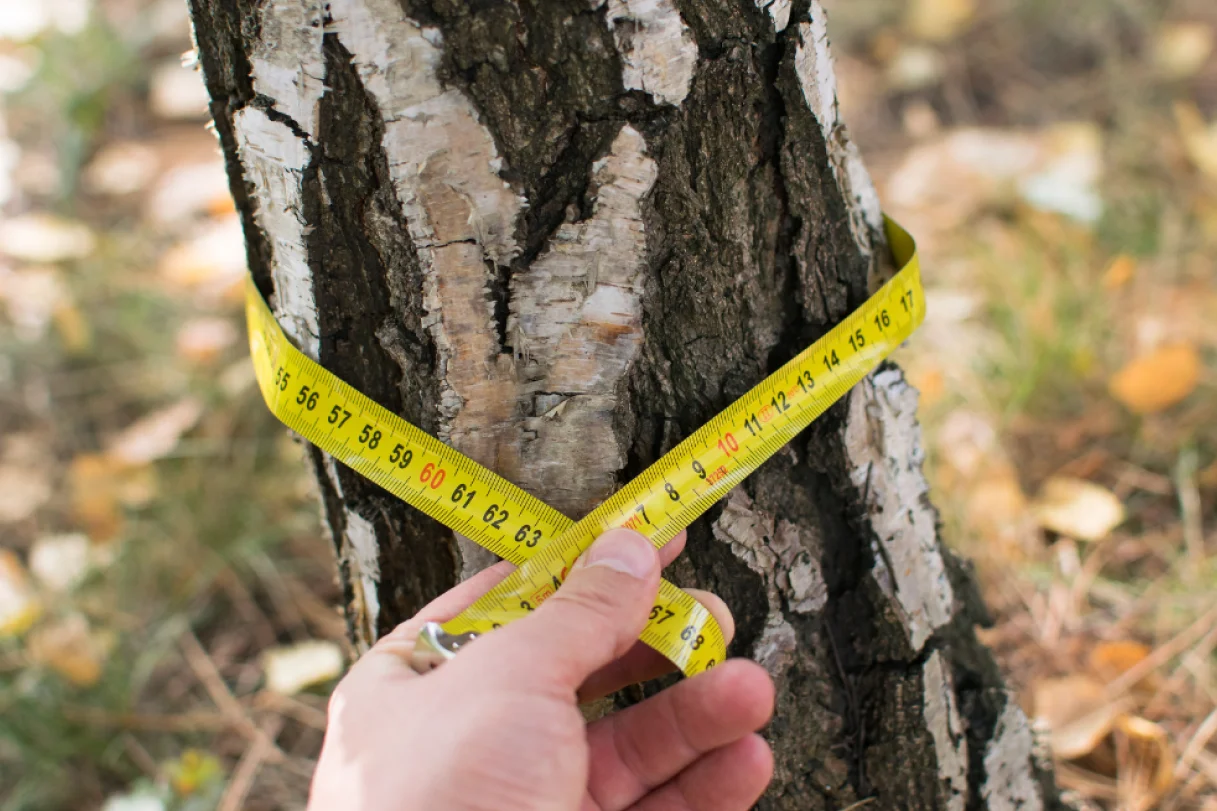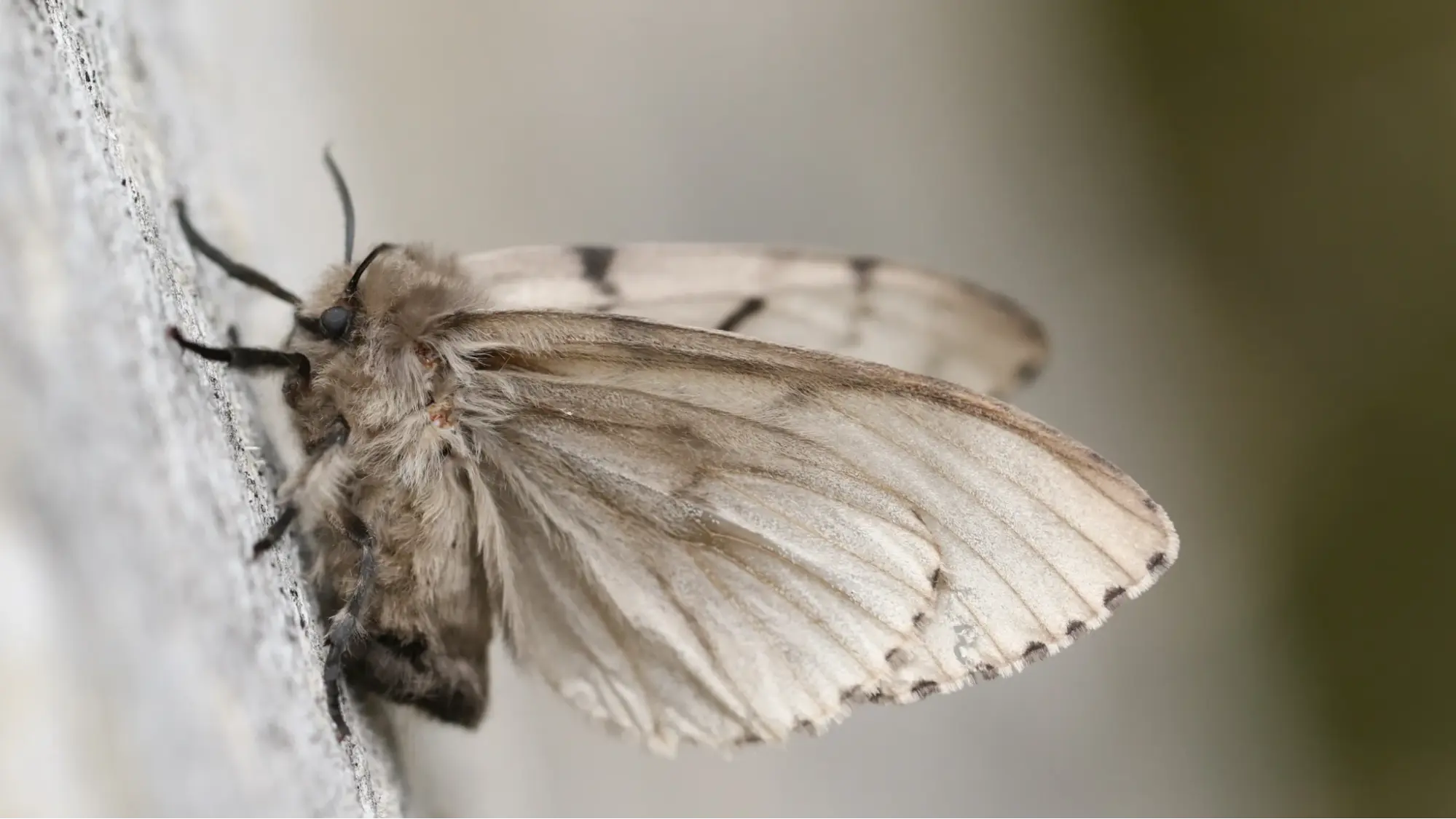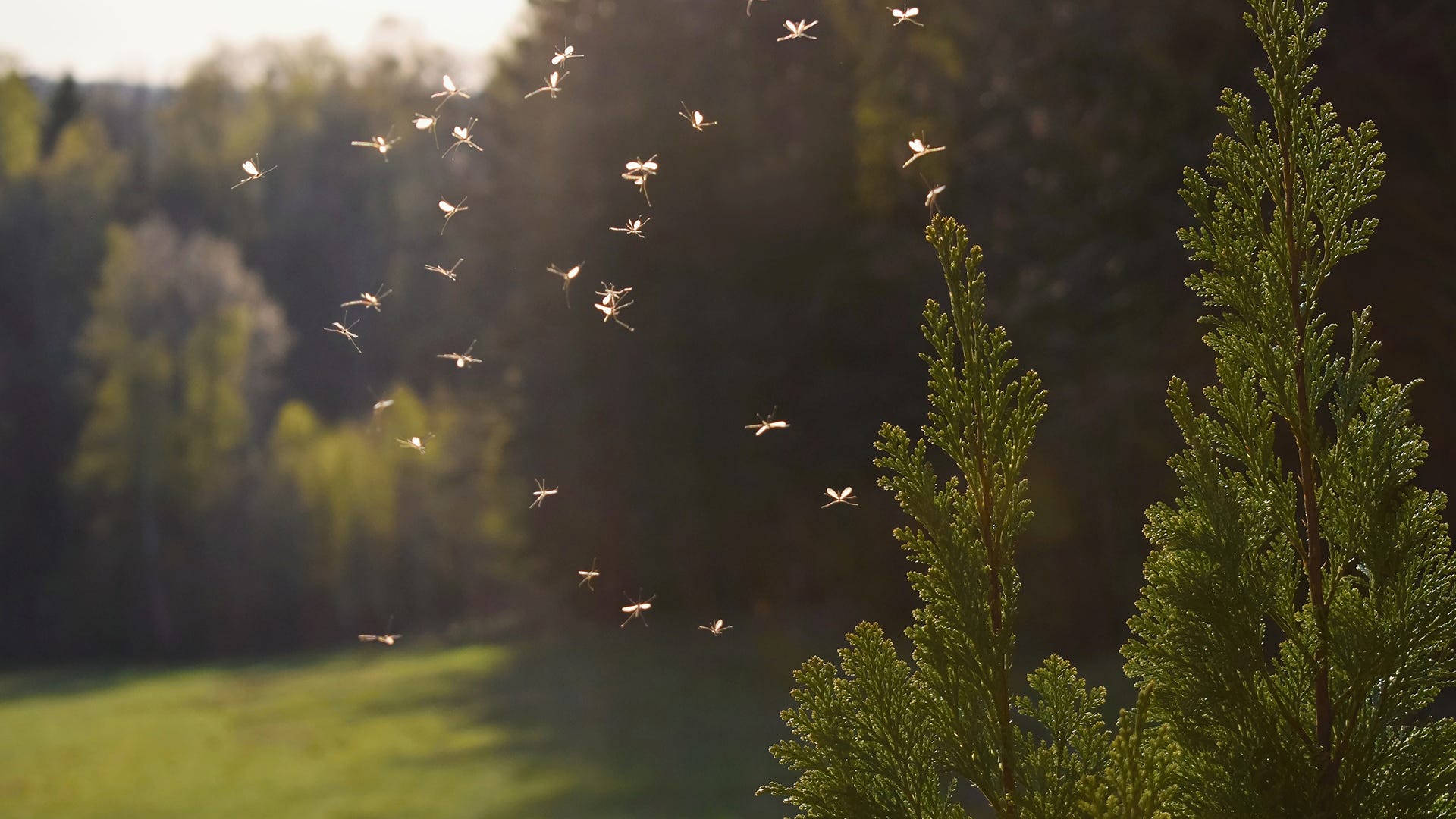Let’s cut straight to it: when do ticks come out? April is when you should start to look out for ticks in Toronto and southwestern Ontario, when it begins to get warm at this time of year. Usually, it’s sooner than people expect, and it often throws them off track.
Unlike mosquitoes, ticks cannot fly or buzz. They live in tall grasses, leaf litter, and bushes and wait for a human, pet, or wild animal to pass by. Spring is warm and wet, so ticks do not need to stay near puddles or standing water.
In this region, blacklegged ticks (also known as deer ticks) are of primary concern since they transmit Lyme disease. American dog ticks are widespread in occurrence and like to be active under the same conditions.
The key here? Tick season rolls around sooner than you anticipate, and it can linger well into the fall. In certain areas, ticks remain active throughout the fall months, especially when the weather is warm and humid.
Ticks lurk almost everywhere, from backyards and city parks to manicured gardens. Shrubs, shade, and having wildlife present all can signal that your yard is a welcoming home for ticks.
Seasonality & Activity Levels
|
Month |
Ticks Active |
Habitat Focus |
Recommended Action |
|
April |
Low → Moderate |
Leaf litter & mulch beds |
Rake leaves; trim edges |
|
May |
Moderate |
Lawn–woods transition zones |
Mow borders; clear tall grass |
|
June–July |
High |
Shrub understory |
Prune low branches; thin brush |
|
Aug.–Sept. |
Moderate |
Moist, shaded areas |
Install gravel/mulch barriers |
|
Oct. |
Low |
Fallen leaves |
Compost or bag up leaf piles |
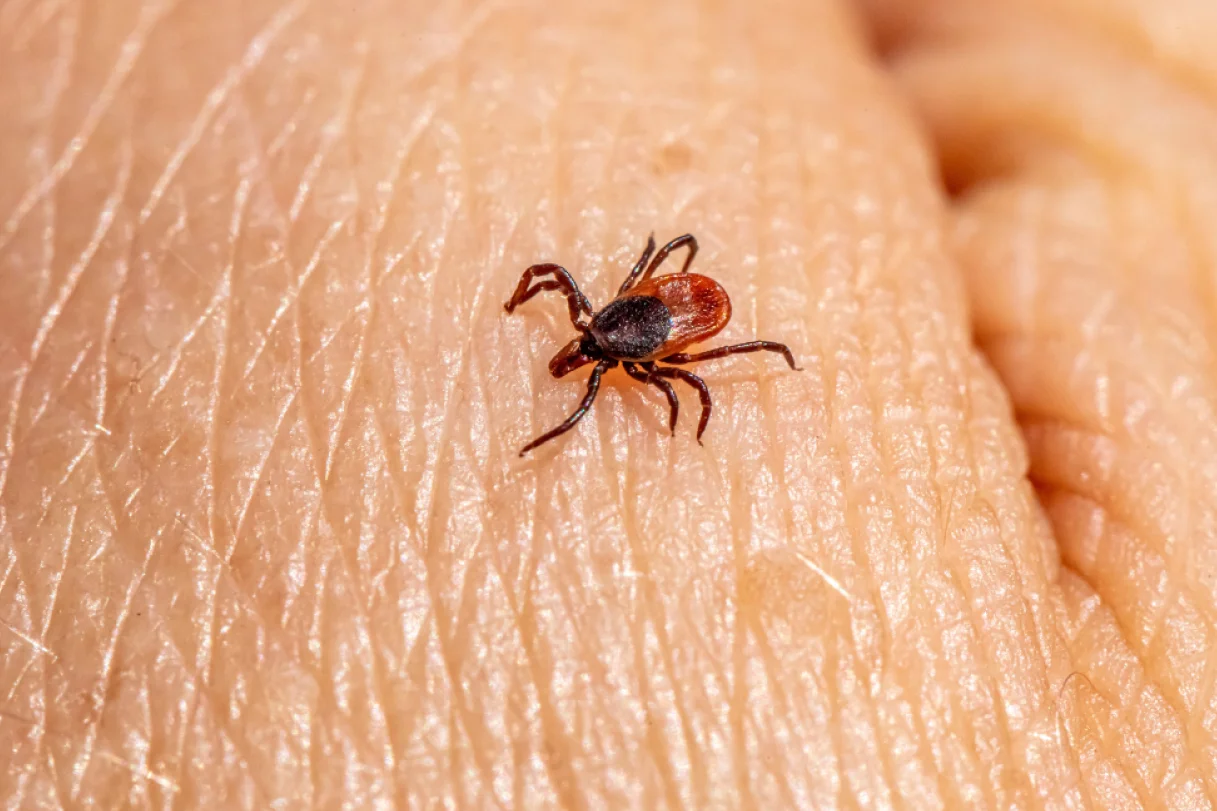
How to Help Prepare for Tick Season?
Now that we’ve answered when tick season is, the question becomes: what should you actually do about it?
The best part is that you are able to reduce tick numbers quite easily. The secret is to instill habits and alter your landscape so that ticks are less likely to make it.
Start by checking the edges of your yard when mowing. Ticks prefer areas where vegetation is dense, such as where the forest meets the lawn. A good first step is to clear these transition zones of clutter. Remove dead leaves, cut back tall grass, and trim low-hanging branches. With less shade, the area becomes drier, and ticks dislike low humidity.
If you have pets or kids, install barriers of gravel or mulch between any wooded area and your lawn. These barriers drive ticks away and keep them from hitchhiking into your home.
There are several other important factors to consider as well, namely, wildlife. Ticks are commonly found on animals such as squirrels, raccoons, and deer. Leaving organic waste, bird seed, or pet food outdoors can attract these animals and potentially increase the tick population. Be mindful of any animal attractants around your property.
For personal safety, wear light-colored clothing that makes ticks easier to spot. When hiking, tuck your pants into your socks, and always do a quick tick check after spending time in the garden or outdoors.
Being prepared doesn’t mean you have to worry constantly. With proper outdoor pest control, you can stay protected while still enjoying your time outside.
Habitat Features & Yard-Care Fixes
|
Feature |
Why It Attracts Ticks |
Tree/Yard Care Action |
|
Thick leaf litter |
Moist, sheltered |
Rake up and remove weekly |
|
Dense shrub understory |
Shade + humidity |
Prune lower branches; thin foliage |
|
Lawn–forest edge clutter |
Wildlife pathways |
Create gravel/mulch buffer strips |
|
Overhanging canopy |
Keeps ground damp |
Lift canopy; increase sunlight |
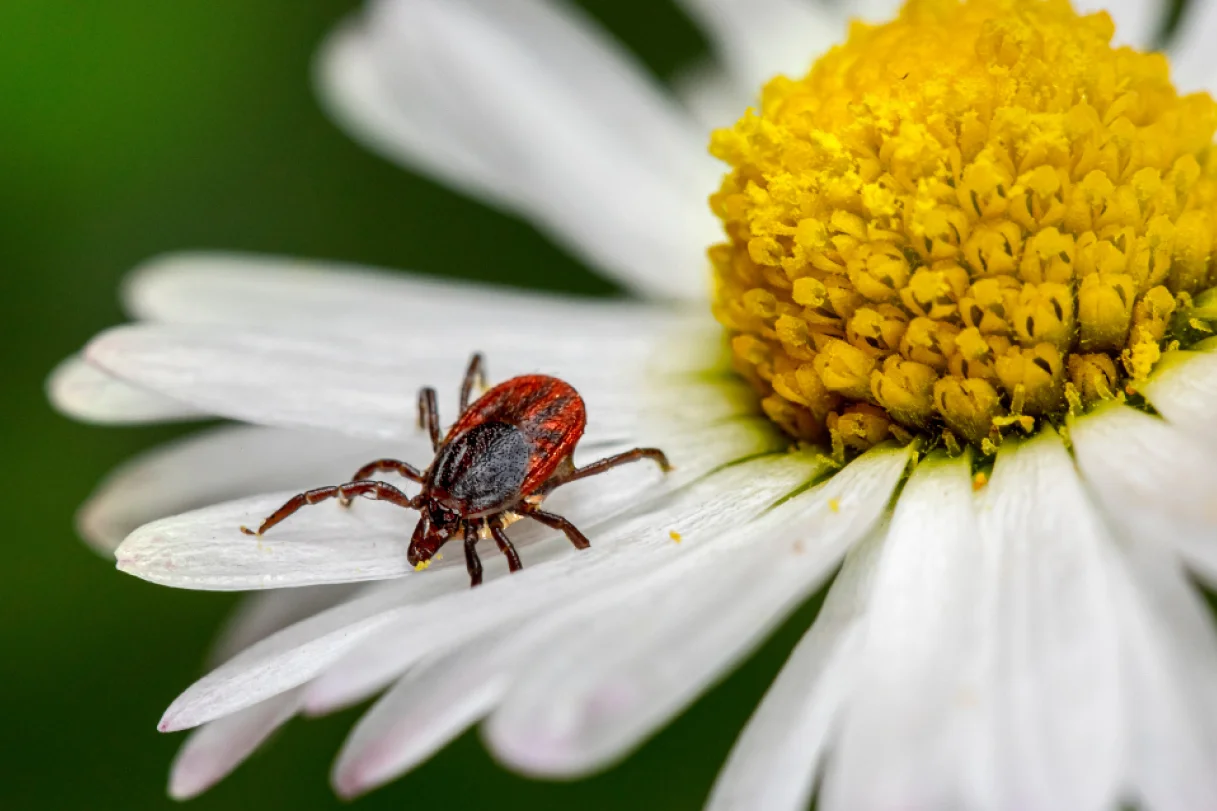
Who Can Help Me Prepare for Tick Season?
We often hear from homeowners who wonder, When do ticks go away? The fact is, in lower temperatures, they just go slower, instead of vanishing entirely. A number of them can make it through winter beneath the snow or in a pile of leaves.
Instead of leaving things to nature, it’s wise to take control of your property. If you’re unsure where to start, bringing in professionals can help set you on the right path.
At Tree Doctors, we’re not exterminators, but our team understands how ticks behave outdoors. That’s because we recognize the conditions that attract them, like overgrown hedges, thick layers of leaves, and excessive shade, whenever we maintain trees and shrubs.
Scheduling an inspection or pruning service in spring or early summer can help prevent a tick problem before it starts. We assess air movement, check moisture levels, and identify pathways ticks might use via nearby animals.
Even small changes, like trimming low-hanging branches or increasing sunlight exposure, can help reduce the presence of ticks.
We always consider the local climate and plant life in Toronto. For yards near ravine land, conservation areas, or heavily shaded spaces covered by oak or maple trees, we tailor our plans accordingly.
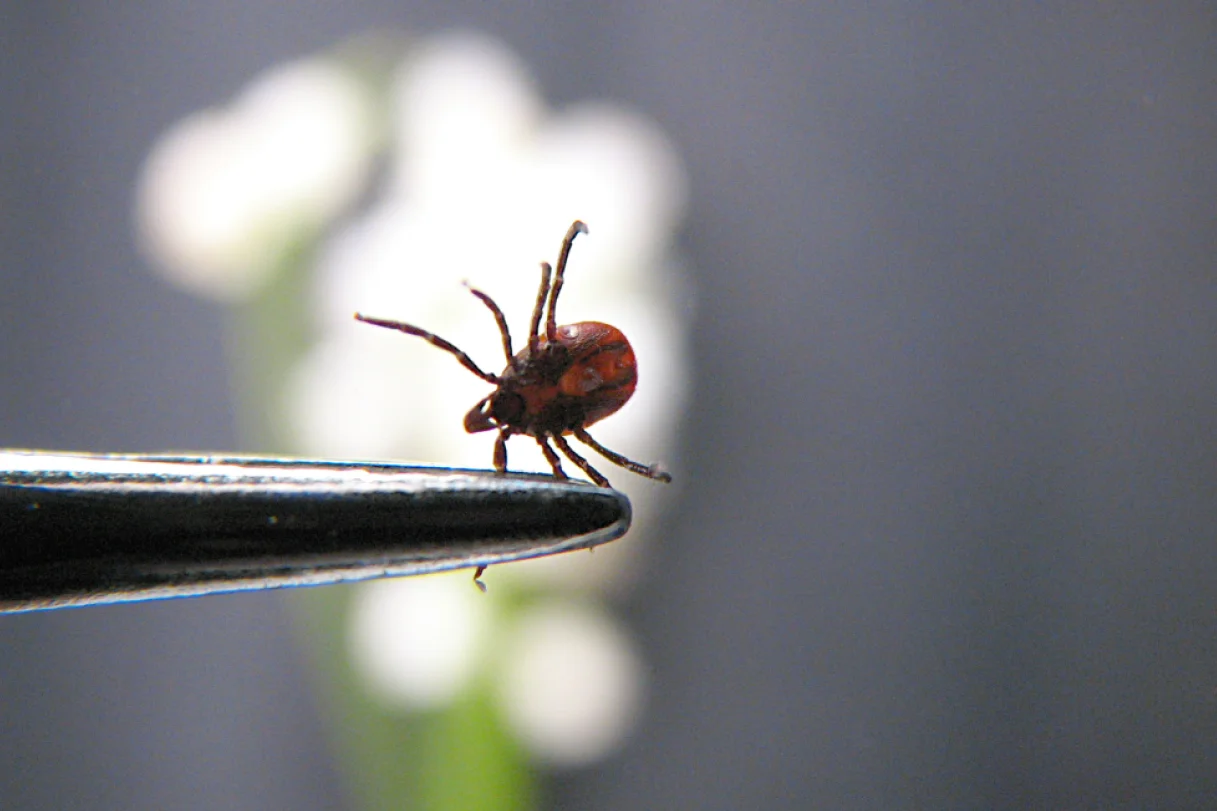
Best Tick Control Service in Toronto
If you’re searching online and thinking, When does tick season end, you’re probably already dealing with them. If you want to manage ticks effectively, you need to continue to follow an ongoing care plan.
In addition, Tree Doctors offers a unique type of tree care since we target specific areas where ticks are attracted. Instead of spraying your entire yard and causing harm to pets and pollinators, we target the areas where ticks have the best chance to thrive, and your yard will not be so attractive to them.
As we work, we consider your ground, shrubs, and trees to be a part of a living web. We consider canopy cover density, shade cover close to the roots, water storage potential in the soil, and cover plant type - all of which influence tick habitats.
Our experts can help with landscaping decisions that repel ticks naturally, design a tick-resistant landscape, and, if needed, implement treatment in tandem with pest control experts.
Having a tick control firm in Toronto is all about having a person who understands your area and is able to provide you with long-term protection. That's what we do.
If you’re wondering when to take action, the answer is: now. While tick season officially ends in late fall, maintaining your yard throughout the year helps keep it safe today and minimizes surprises when spring arrives. Call Tree Doctors for a free consultation
